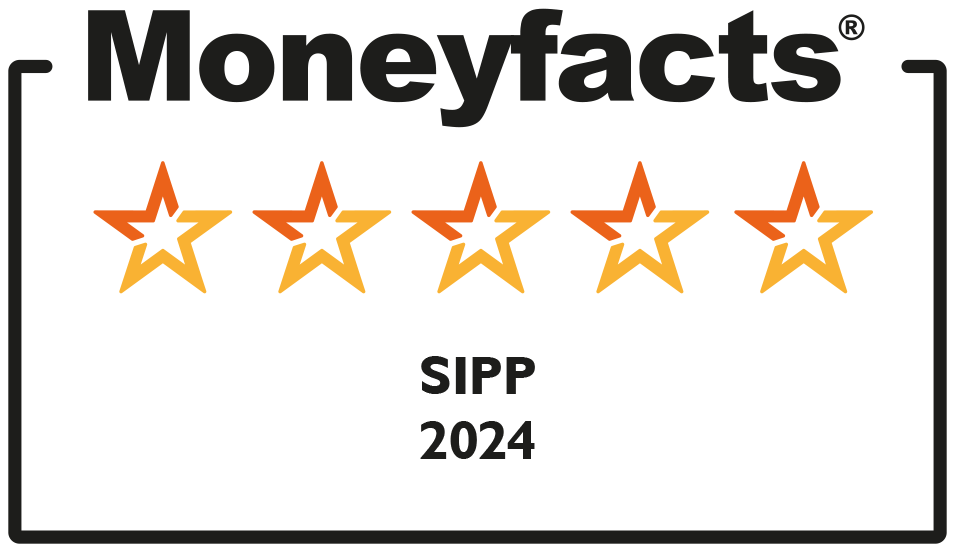Pension transfers and Inheritance Tax – what you and your clients need to know
There are several legal challenges on pension-related matters going on at the moment. One that has caught headlines over recent weeks is a ruling on the Staveley case.
This case focuses on the application of Inheritance Tax (IHT) in respect of a transfer from one pension scheme to another, with death occurring within two years of the transfer. Here’s what you need to know.
The concept of ‘gratuitous benefit’ examined
Where a client is in ill health, IHT could apply if they make a pension transfer and then die within two years. However, in reality, IHT is rarely applied as an exemption exists where a transfer was deemed not to provide a ‘gratuitous benefit’.
It was this exemption that HMRC wanted to challenge and it did so through the courts using Mrs Staveley’s case as an example – more of this in a moment.
From a pension perspective, a gratuitous benefit may occur when a transfer value is paid from one scheme to another, resulting in greater death benefits being received by an individual who may not have previously received them if the transfer had not occurred.
In these circumstances, HMRC may look to levy IHT on those funds.
An example where it would be difficult to argue that a gratuitous benefit had not been received is in the case of an individual, under the age of 75, in ill health, transferring from a Defined Benefit scheme to a SIPP and subsequently dying within two years of the transfer taking place.
In this scenario, if the transfer had not taken place, the return of the fund value would not have been an option under the final salary scheme but is under the SIPP. In this example it would be difficult to argue that the transfer was for any other reason other than for IHT purposes.
Conversely, HMRC would struggle to bring a case in respect of a transfer from one SIPP to another (where then benefits can be taken in exactly the same form) if the reason for the transfer was to benefit from cheaper administration fees.
Unfortunately, not all cases are so clear cut (such as the Staveley case) and may therefore be subject to challenge by HMRC.
The Staveley case
Mrs Staveley and her ex-husband established a company which had its own occupational pension scheme. When the couple divorced, her benefits from that scheme were transferred to a Section 32 buy-out plan.
In 2006 Mrs Staveley was in serious ill health and, shortly before her death, she transferred the benefits from the Section 32 to a personal pension.
The reason for the transfer was that Mrs Staveley did not want her ex-husband to benefit via the company from any of the monies in her pension after her death. Mrs Staveley had not taken any benefits from her pension arrangements during her lifetime and, upon transfer to the personal pension, she nominated her two sons as the beneficiaries in the event of her death.
HMRC argued that Mrs Staveley’s decision to transfer her pension to an arrangement where her sons could be the beneficiaries conferred a gratuitous benefit on them and, as such, IHT was due. The question as to the basis upon which the transfer was made was the key point in the case.
- The First Tier Tribunal found Mrs Staveley’s sole motive in making the transfer was to prevent funds benefiting her ex-husband. This was appealed by HMRC.
- The Upper Tier tribunal then supported this decision, saying that the transfer could not have been made with the intention of benefiting her sons as the main motivation was ensuring her ex-husband did not benefit.
- HMRC appealed again and, in June 2018, the Court of Appeal found in their favour.
- This was then overturned in August 2020 by the Supreme Court, with their judgement stating that ‘The mere fact that the sons’ inheritance was intended to be enjoyed in a different legal form after the transfer did not mean that Mrs Staveley intended to confer a gratuitous benefit on her sons’ and that ‘Mrs Staveley’s sole intention in transferring the funds was to eliminate any risk that any part of the fund may be returned to her ex-husband.’
So, what does this mean for advisers?
In truth…not a lot has changed.
However, while the UK’s highest court has made a judgement based on the circumstances of the Staveley case, this does not stop HMRC challenging future cases where they consider IHT could be due on a transfer for a member who is known to be in ill health at the date of transfer.
Get in touch
If you have any queries regarding the implications of this case, or if you have any clients for whom SIPP or SSAS advice would be beneficial, please get in touch. Email info@ipm-pensions.co.uk or call 01438 747 151.



